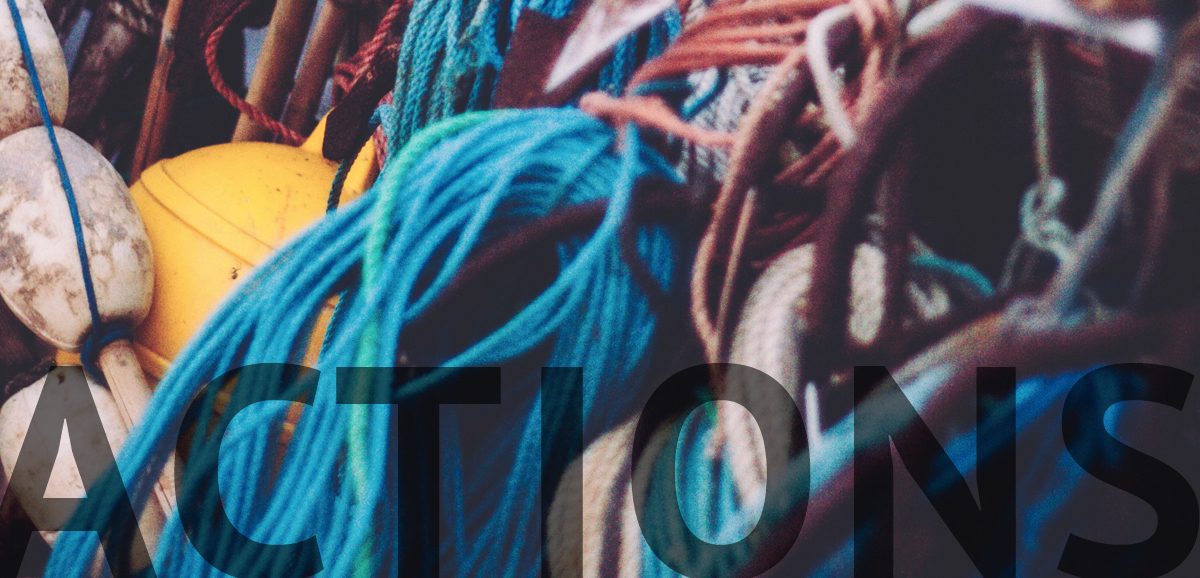
The aim of this work package is to bridge the gap between the estimation of marine litter generated by the fishing and aquaculture sectors and the potential to retrieve the plastic components of this litter into recycled plastic products for the fisheries and aquaculture sectors.
The utmost objective of WP 2 is to set up a procedure to collect fishing and aquaculture related nets and ropes at aquaculture productions sites, fishing ports, and onboard fishing vessels.
The main objective of WP3 is the waste characterization, pellets production at lab-scale and their processability to obtain multifilament yarns for prototypes realization in comparison with conventional products
The WP4 aims at developing recycled rope prototypes and validate their performance as growing out rope for aquaculture applications at sea.
The objective of WP5 is to assess the sustainability of the self-sustained programme proposed for the blue economy. The WP5 outcome will serve as a basis to consolidate best practices, supporting decision-making, as well as feeding into dissemination of es Impact Assessment outcomes to a wider audience.
To do so, the three aspects of sustainability (environmental, economic, and social) of all life cycle stages, including economic risks and externalities (societal and environmental costs) will be assessed. The tasks will pursue three objectives: environmental friendliness, cost-effectiveness, and societally inclusive solutions.
This WP is aimed at communicating the project objectives, actions and results and to raise awareness among different stakeholder groups in the coastal communities about the marine litter from the fishing and aquaculture sectors; this will increase the impact of the results in society.
Efforts in this WP are expected to have a sensitizing effect on different stakeholder groups in the coastal communities, increasing their engagement to guarantee the success and impact of the BLUENET beyond the project life.
The objectives of this WP is to coordinate the progress of the project’s technical and scientific work, to manage the technical, financial and administrative issues of the specific contract assuring the provision of the respective deliverables and analysis on time, and to maintain a continuous communication among the project partners and with EASME.